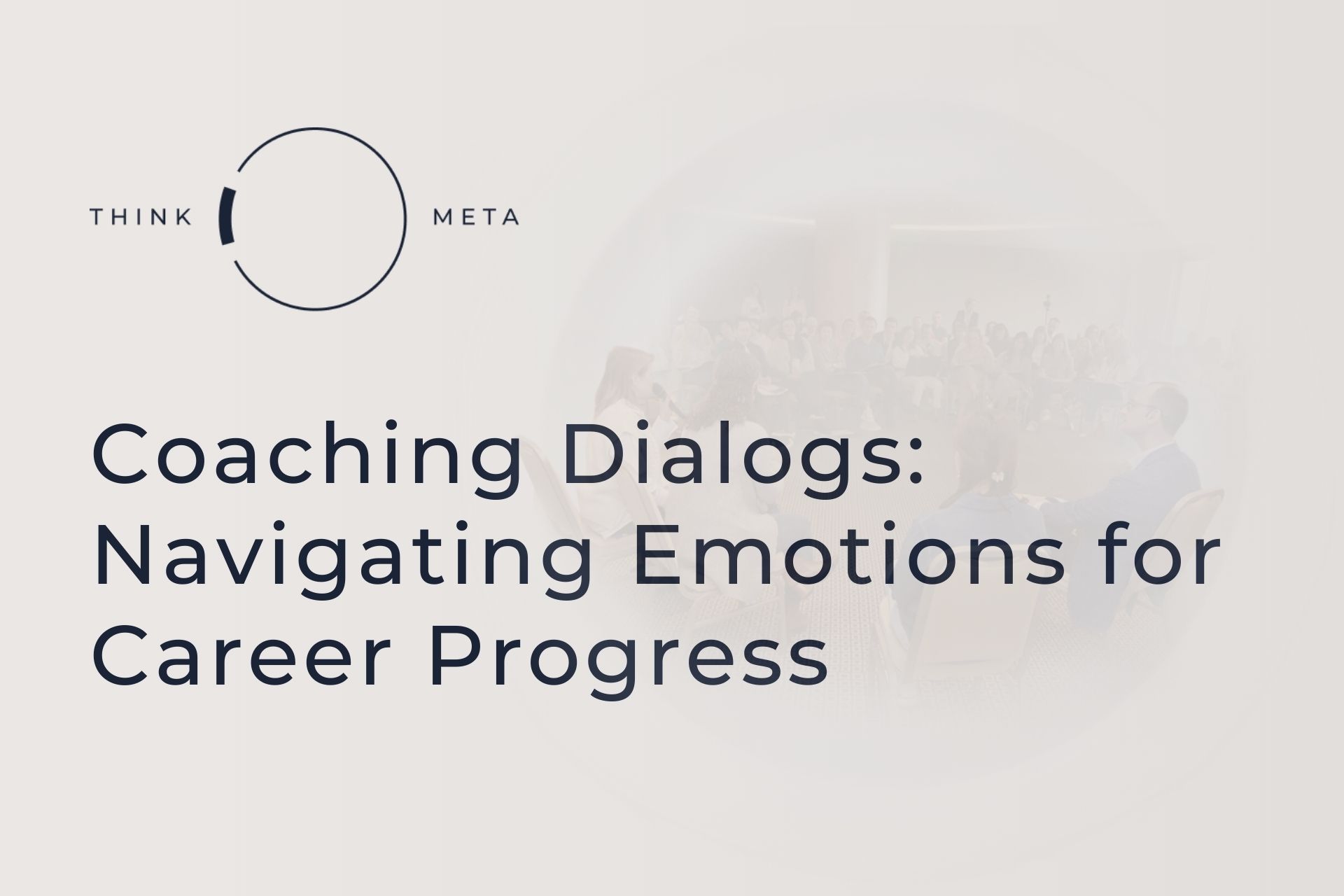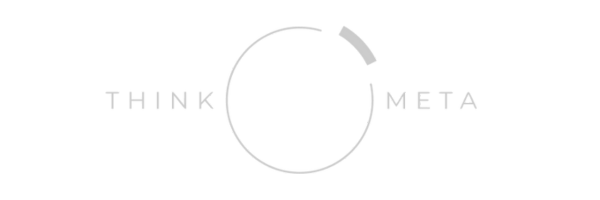Coaching Dialogs. Episode 1: Live Emotions

Sometimes people are unable to move up the corporate ladder because there’s something important about themselves that they don’t see. Until they do, the way up is closed for them.
How might the coach's help in such a case look in practice? Let's take a look at an episode of an online session with one of our clients...
A huge red-haired bearded man rages at the screen so loudly that the Coach has to turn down the volume. After explaining his fuckup at work, Andrew calmed down a bit, and the coach clarified the request in a flat voice:
“So, the situation that caused you stress the other day was your boss’s comment about your communication style?”
“Yeah, that moron said I was incapable of empathic communication,” Andrew grinned grimly, scratching his beard. "I'll probably get a negative review next month," he concluded and began twirling the string of his green sweatshirt around his finger.
Since the client himself provided the trigger phrase and meaning, the coach immediately moved on to clarifying emotions.
“Tell me, when the boss made this remark, how did you feel?”
If the coach had been wearing a wig, it would have blown away when Andrew yelled again.
“It’s not true! I communicate very effectively and sensitively. And he knows it!”
Instead of talking about his emotions Andrew went on the defensive.
It was obvious that he was getting ready to spew more venom in the boss’ direction, so the coach quickly asked, “Ok, that’s what you thought… and how did you feel?” Putting a slight emphasis on the word “feel,” the coach stared at the screen intently, waiting for a response.
“I think the boss is jealous and maybe a little afraid of my ambitions and desire for a promotion. So, he decided to make a big problem out of this situation,” Andrew grumbled. He leaned back in his chair, away from the screen, and crossed his arms over his chest.
The words and the man's body language signaled that he was getting more defensive and avoiding talking about his emotions. At this point, the practitioner must avoid being taken in by this talk and instead help the client see the defense mechanisms preventing him from becoming aware of his feelings and seeing just the facts. The coach continued to patiently steer Andrew back to a topic that was difficult for him.
“Listen, this is where we can go astray. Let's get back to the boss’ comment. How did what he said make you feel?”
“It wasn't fair. I was so angry,” Andrew squeezed out, visibly tensing up and again rolling up in his chair closer to the camera.
“Why are you angry?”
“Because I don't deserve to be treated like this.”
“How?”
“He should not accuse me of being unfriendly to clients,” Andrew slammed his fist on the table, blurting out the words that, in metacognitive programming, we call instructions (preset expectations from the world).
“And you were friendly?”
Andrew thought deeply, again starting to wind the string of his sweatshirt around his finger. His thoughts were interrupted by a song that rushed loudly through the window from a passing car. He grimaced and said with displeasure, “Well… I wasn’t friendly with a few customers…”
It was an important moment, realizing that the boss still had grounds for criticism in some cases. Andrew did not want to admit to himself that his boss was right. Something was bothering him, and the coach had to figure out what it was. He continued to immerse the client in emotions, forcing him to meet them head-on.
“Andrew, when you think about being a little unfriendly towards customers, how do you feel?”
“I'm ashamed.”
“Do you see that you were directing your anger at your boss because you were ashamed? In order not to be ashamed, you chose to be angry. You seem to feel less uncomfortable with anger than with shame.”
“Yes. I hate this feeling.”
“OK. Look, Andrew. Even the most unpleasant emotions do not kill us. We just experience discomfort in the body. And if you focus on these sensations, and follow them with your attention to the end, then even a strong emotion will go away very quickly.
And here's how you can do it. Now, remember the conversation with the client, after which you felt ashamed. Do you feel it again? The emotion is felt as a vibration in the body, or as cold, heat, constriction, heaviness, or maybe even pain. Go into your body with your attention and try to feel where you have this vibration of shame right now. If there are several places at the same time, choose the one where the sensations are most intense. Breathe calmly and evenly. Watch this feeling as it changes. Try to feel its size, color, texture, warm or cold. Your uninterrupted attention will help the emotion flow and transform. You can work with any emotion, following its vibration in the body with attention until it subsides. This usually takes several minutes.”
So what happened in the session?
- The coach helped Andrew to:
- Recognize the real state of affairs
- Get to the emotion of shame and understand himself better
- Realize the mechanism that triggers the defensive reaction, "it's not true!"
2. The coach noted the instructions to be worked out in subsequent sessions: "He shouldn't have...".
3. The coach taught the client how to deal with an unpleasant emotion in a manner that is appropriate in the workplace.
How did this affect Andrew's life?
After this session, Andrew realized that his career was hanging by a thread and adjusted his manner of communication. For several days in a row, he recorded his conversations on his phone to track at what moments he lost his patience. As a result, Andrew calculated the triggers (specific words and intonations) and learned to control his reaction. Then he transferred this skill to communication with colleagues and management. Andrew was promoted within five months.
Seven to ten minutes - that's how long it takes to turn the mindset and change a client's career trajectory using metacognitive programming methods.
The complete collection of ten dialogues is just a click away. Whether you’re a practicing coach or want to transform your life, this FREE downloadable pdf will give you insights to help you achieve your goals. To access all the dialogs, follow the link below.

